专题7.形容词,副词考点聚焦和精讲 (原卷版)
2025-05-14
0
0
83.73KB
30 页
10玖币
侵权投诉
形容词、副词考点聚焦和精讲
【中考形容词、副词考点聚焦】
1、形容词的功能和位置;
2、常见易混形容词用法辨析。
3、副词的功能和位置;
4、副词的构成和分类;
5、常见易混副词用法辨析;
6、形容词、副词比较等级的用法。
一 形容词的功能和位置
1.说明人或事物的性质或特征的词叫形容词。形容词在句中只要用作定语、表语、宾语补足语
和状语。
1. 形容词作定语,一般放在所修饰的名词前面 ,且音节少的词放在音节多的词之前 。形容词修饰
something, anything, nothing, everything 等复合不定代词时,须放在其后。如:
I have an interesting book. // a big yellow wooden wheel 一个黄色的大木轮
Would you like something hot to drink? // Something serious has happened to him.
【注意】“基数词+名词+形容词”可构成复合形容词,用作定语。复合形容词中的名词只能用单数形式 ,
而且这个复合形容词只放在被修饰的名词前。 如:an eight-year-old boy 一个 8岁的男孩
2. 形容词作表语,放在系动词(be, look, feel, smell, sound….)的后面。如:He is tall. // He looks happy today.
3. 形容词作宾语的补语,放在 keep, make, leave 等动词的宾语后作宾语补足语。如:
Do you think it necessary? // Doing morning exercises can keep us healthy.
4. 形容词作状语。如:He arrived home, hungry and tired.
5. 形容词作主语放在句首,作宾语放在动词或介词后。如:
The young should be polite to the old. // The new always take the place of the old.
6.“数词+形容词”表示“长、宽、高、深、重、远离及年龄”,形容词应该置于名词后。如:
He’s 1.8 metres tall. // The moon is about 380,000 kilometres away from the earth.
2. 多个形容词作定语时的排序
请记住“限观形龄颜国材”,如果这几个字不好记,就记“县官行令宴国才”。
(1)县(限):代表限定词,包括冠词、指示代词、形容词性物主代词、名词所有格、数词等。如:
the,this 这个,that 那个, my 我的,Tom’s 汤姆的,two 两个。
(2)官(观):代表观点的描述性形容词。如:fine 好的,beautiful 漂亮的,interesting 有趣的。
(3)行(形):代表表示大小、长短、高低及形状的形容词。如:small 小的,tall 高的,high 高的,
round 圆的。
(4)令(龄):代表年龄、新旧的形容词。如:young 年轻的,old 年老的,new 新的。
(5)宴(颜):代表颜色的形容词。如:red 红的,black 黑的,white 白的。
(6)国:代表国籍、地区、出处的形容词(或名词)。如:English 英国的,American 美国的。
(7)才(材):代表中心名词构成材料的形容词。如:wooden 木制的,stone 石头,plastic 塑料。
There is desk in my room. 在我的房间里有一个又小又旧的黑色木桌。
His living room is decorated with carpet. 他的起居室里装饰着绿色的中国大地毯。
3. the 加上某些形容词相当于名词,表示一类人或事物
有些形容词如:rich, poor, good, bad, young, old, healthy, ill, living, dead 等,前面加定冠词 the 后变成名词,
表示某种人,其谓语常用复数形式。
The poor very happy, but the rich sad. 穷人高兴,但是富人悲伤。
4. 以-ly 结尾的形容词
(1)大部分形容词加-ly 可构成副词。但 friendly, deadly, lovely, lonely, likely, lively, ugly, brotherly 等仍为
形容词。
改错:(错)She sang lovely. (对)Her singing was lovely.
(错)He spoke to me very friendly.(对)He spoke to me in a very friendly way.
(2)有些以-ly 结尾的词既可做形容词,也可做副词。如:daily, weekly, monthly, yearly, early 等。如:
The Times is a daily paper. // The Times is published daily.
5. 只能作表语的形容词:
以下这些形容词:afraid; alone; asleep; awake; alive; well 健康的; ill; frightened 等,只能用做表语。如:
(误)The ill man is my uncle. (正)The man is ill.
6. 只能作定语的形容词:
以下这些形容词:little 小的;only 唯一的;wooden 木质的;woolen 羊毛质的;elder 年长的。如:
My brother is elder.(误) My elder brother is in Beijing.(正)
7. 既可做形容词又可做副词的词
下列词既可做形容词又可做副词。如:early, late, long, last, next, first, near, enough, much, all, hard, alone,
fast, slow, high, low, straight 等等。如:
He stayed there very long. 他在那儿呆了好久。// He is a very hard person. 他是个难对付的家伙。
8. 形容词与名词的转换:
(1)名词加后缀变为形容词。
① 在名词后加-y 。如:wind→windy, sun→sunny, luck→lucky, cloud→cloudy, noise→noisy,
health→healthy…
②在名词后加-ly。如:day→daily, week→weekly, month→monthly, friend→friendly, love→lovely…
③在动词或名词后加-ful 。如:help→helpful, thank→thankful, beauty→beautiful, care→careful,
use→useful…
④在方位名词后加-ern。如:east→eastern, south→southern, north→northern, west→western…
⑤在名词后加-less,变成否定意义的形容词。如:hope→hopeless, use→useless, care→careless…
(2)形容词加后缀变为名词。
① 形容词加-ty 变成名词。如:safe→safety, difficult→difficulty…
②形容词加-th 变成名词。如:warm→warmth, young→youth, true→truth…
③形 容 词 加 -ness 变 成 名 词 。 如 : ill→illness, weak→weakness, good→goodness, kind→kindness,
careless→carelessness, happy→happiness…
④形 容 词 加 -ence/-ance 变 成 名 词 。 如 : different→difference, depedant→depedance,
important→importantance…
9. -ing 形容词和-ed 形容词的比较:-ing 形容词表示主动意义,多修饰事或物,多指事物影响到
人,意为“使人(感到)……的”;而-ed 形容词往往带有被动含义,修饰人,多指人受到事物的影响,
意为“感到……的”,常用于“sb.+ -ed 形容词”结构,有时也做定语用。
-ing 形容词 -ed 形容词 例句
interesting 有趣的 interested 感兴趣的 This is an interesting book. / I’m interested in this book.
surprising 使人惊讶的surprised 感到惊讶的Peter told me a surprising story. / I’m surprised at the news.
pleasing 使人愉快的pleased 感到愉快的This is a pleasing answer. / I’m pleased with your answer.
moving 动人的 moved 受感动的 This is a moving story. / I’m moved by the story.
exciting 令人激动的 excited 感到激动的 They are all excited about the the exciting sports news.
tiring 使人厌倦的tired 感到疲倦的This speech is very tiring. / I’m tired of the speech.
10. 形容词常用句型:
(1)“It’s +adj.+of+sb.+不定式”表示“某人(做某事)怎么样”。=Sb +be +adj+to do sth.
注意:这一句型中常用描述行为者(人)的性格、品质的形容词。如:good, kind, nice, polite, clever,
foolish, lazy, careful, careless, right(正确的),wrong 等。
It’s very kind of you to help me. =You are very kind to help me.
(2)“It’s+adj.+for+sb.+不定式”表示“做某事对某人来说怎么样”。=To do sth is adj for sb.
注意:这一句型中常用描述做某事性质的形容词。如:important, necessary, difficult, easy, hard, dangerous,
safe, useful, pleasant, interesting, impossible 等。
It’s not easy for them to learn a foreign language. =To learn a foreign language is not easy for them.
(3)表示感情或情绪的形容词,如 glad, pleased, sad, thankful 等常接不定式。
I’m very sad to hear the bad news. // I’m very glad to see you.
(4)表示能力和意志的形容词,如 ready(乐意的,有准备的),able(有能力的),sure(一定),
certain(一定)等常接不定式。
Lei Feng is always ready to help others. // He is sure to get to school on time.
(5)sb. find/make/think+it+形容词+to do sth. (某人发现/认为/使得做某事怎样) 句中的 it 是形式宾语,不
定式短语 to do sth.为真正的宾语,形容词在句中作宾语补足语。
I found it important to learn English well. 我发现学好英语重要。
二 常用易混形容词用法辨析:
(1)whole 与all 的用法辨析:记住两个词序:① the whole +名词; ②all (of) the +名词。如:
He was busy the morning.
He can remember the words he learns.
(2)tall 与high, short 与low 用法辨析:指人的个子时用 tall 与short;指其他事物时一般用
high 与low。
He’s very . // A few people live on mountains.
trees are standing on both sides of that avenue.
(3)real 与true 的用法辨析:real 一般指东西的真假,意为“真的”;而 true 则指事情或消息
的可靠性,意为“真实的”。
This is a diamond(钻石) and it’s very expensive.
----Is that ?----Yes. I heard it with my own ears.
(4)interested 与interesting 的用法辨析:interesting 指人或东西“有趣的”,作定语或表语,
而interested 则表示人对别的事物“感兴趣的”,只能作表语。
I am in science.
The man is very and all the children like him.
This book is and you can really enjoy yourself.
(5)good 与well 的用法辨析:表示“好”时,作定语或表语用 good,作状语用 well;表示
“(身体)好”时用 well。
Doing sports is for us.
Study and make progress every day.
----How are you?----I am very .
(6)nice 与fine 的用法辨析:nice 表示令人愉快的,可指东西、人物外表等;fine 一般指身体
或天气好。
Let’s go and share(分享) the cake.
She is a girl.
What a day!
He’s recently(最近).
(7)too much 与much too 的用法辨析:too much 表示“太多的”,修饰事物数量;much too
表示“太过,过分”,修饰形容词或副词。
摘要:
展开>>
收起<<
形容词、副词考点聚焦和精讲【中考形容词、副词考点聚焦】1、形容词的功能和位置;2、常见易混形容词用法辨析。3、副词的功能和位置;4、副词的构成和分类;5、常见易混副词用法辨析;6、形容词、副词比较等级的用法。一形容词的功能和位置1.说明人或事物的性质或特征的词叫形容词。形容词在句中只要用作定语、表语、宾语补足语和状语。1.形容词作定语,一般放在所修饰的名词前面,且音节少的词放在音节多的词之前。形容词修饰something,anything,nothing,everything等复合不定代词时,须放在其后。如:Ihaveaninterestingbook.//abigyellowwoodenwh...
声明:本站为文档C2C交易模式,即用户上传的文档直接被用户下载,本站只是中间服务平台,本站所有文档下载所得的收益归上传人(含作者)所有。玖贝云文库仅提供信息存储空间,仅对用户上传内容的表现方式做保护处理,对上载内容本身不做任何修改或编辑。若文档所含内容侵犯了您的版权或隐私,请立即通知玖贝云文库,我们立即给予删除!
相关推荐
-
工程建设招标投标合同(附件)VIP免费

 2024-11-15 11
2024-11-15 11 -
工程建设招标投标合同(动员预付款银行保证书)VIP免费
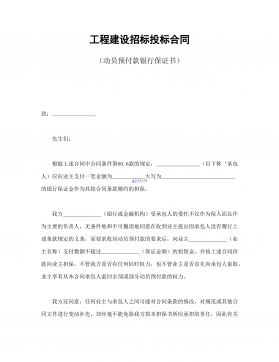
 2024-11-15 9
2024-11-15 9 -
工程建设招标设标合同条件(第1部分)VIP免费
 2024-11-15 9
2024-11-15 9 -
工程建设招标设标合同合同条件(第3部分)VIP免费
 2024-11-15 8
2024-11-15 8 -
工程建设招标设标合同合同条件(第2部分)VIP免费
 2024-11-15 9
2024-11-15 9 -
工程建设监理委托合同VIP免费
 2024-11-15 10
2024-11-15 10 -
工程建设监理合同标准条件VIP免费

 2024-11-15 7
2024-11-15 7 -
工程技术资料目录VIP免费
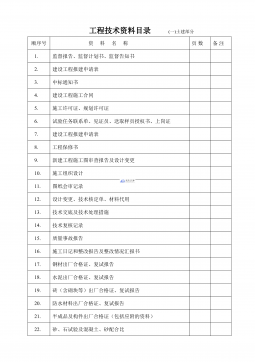
 2024-11-15 10
2024-11-15 10 -
工程技术咨询服务合同VIP免费

 2024-11-15 10
2024-11-15 10 -
工程建设招标投标合同(投标邀请书)VIP免费
 2024-11-15 31
2024-11-15 31
分类:中学教育
价格:10玖币
属性:30 页
大小:83.73KB
格式:DOCX
时间:2025-05-14




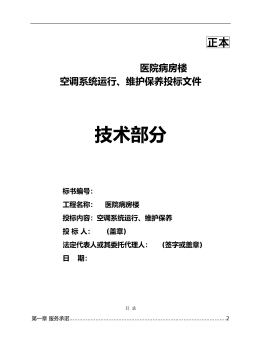
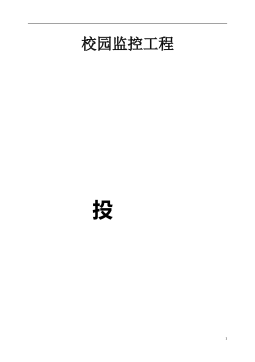

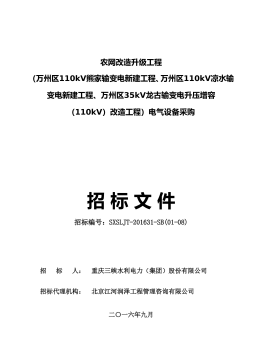

 渝公网安备50010702506394
渝公网安备50010702506394
